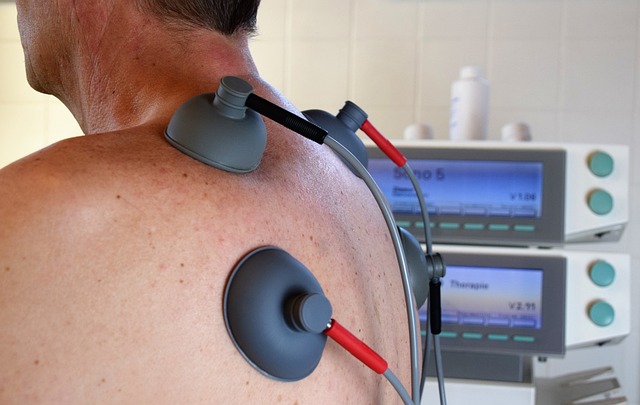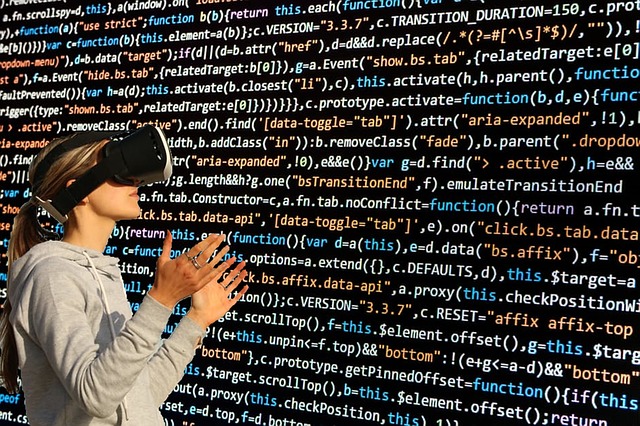Recent advances at MIT, Oregon State and James Madison University strongly suggest that in the years ahead technology will play an increasing role in physical therapy, a global market that is expected to be valued at $2.2 billion by 2027, nearly $1.7 billion more than in 2020. Moreover, these advances, all in various stages of development, can be expected to help mitigate a looming shortage of physical therapists.
The Bureau of Labor Statistics reports that in 2021, there were just under 239,000 practicing physical therapists in the U.S., but that there is expected to be a 17 percent growth rate in the profession through 2031, far outstripping the average of eight percent. Put another way, there will be a need for over 40,000 physical therapists, owing to greater personal interest in health and an aging population.
It is estimated that by 2030, 73.1 million Americans will be over the age of 65. That’s an increase of 17 million from 2020. The percentage of seniors in the general population will jump from 17 percent to 21 percent, and is only expected to continue to climb in the succeeding years.
Clearly, then, there will be a need to ease physical therapists’ workflows. Some suggestions include expanding the workforce by using contract therapists and alleviating turnover by striking at the root causes of attrition, like burnout. And yes, automation can also be expected to be part of the solution.
To that end, the MIT Computer Science and Artificial Intelligence Laboratory, in conjunction with Massachusetts General Hospital, announced in October 2022 the development of a sensor-based system called MuscleRehab, which enables patients to track muscle usage through an imaging technique known as Electrical Impedance Tomography (EIT). This can be done without a therapist present, though a VR headset and tracking suit allows patients to compare their movements to those of a virtual therapist.
A similar system appears to be in the works at James Madison, though it is still in its early stages. It involves a wearable system, and enables patients being able to track and evaluate their movements while doing therapy in their own homes. To date the JMU team has developed a sensor-laden glove, but hopes to fashion such garments as a shirt, vest or pants in the future.
The Oregon State team, meanwhile, is partnering with a veterans home on a rehab program involving robotics. The exact nature of the implementation has yet to be determined, but it will likely involve robots helping veterans with their exercise routines.
In recent years there have been many other strides in this space, not the least of which are exo suits that not only enable paralyzed people to walk but also enable therapists to track their progress remotely, through sensors embedded in the technology. Also available are AI-based movement trackers, gamification via VR (which can improve brain function) and rehab robots.
Still to be determined is the role the metaverse might play in rehab. There are those in the field who have for years been using simulations to treat patients afflicted with such conditions as anxiety and PTSD, but the metaverse takes matters to an entirely different level. For example, a therapist used VR to revise a patient’s gait, so he could proceed without pain. Certainly, though, the vastness and versatility of the metaverse will enable it to have applications that have yet to be foreseen.
In short, innovation promises to continue to revamp the physical therapy realm. It has the potential to ease the burdens of those in the field, while at the same time meeting the needs of an aging population – of literally meeting them where they live.







